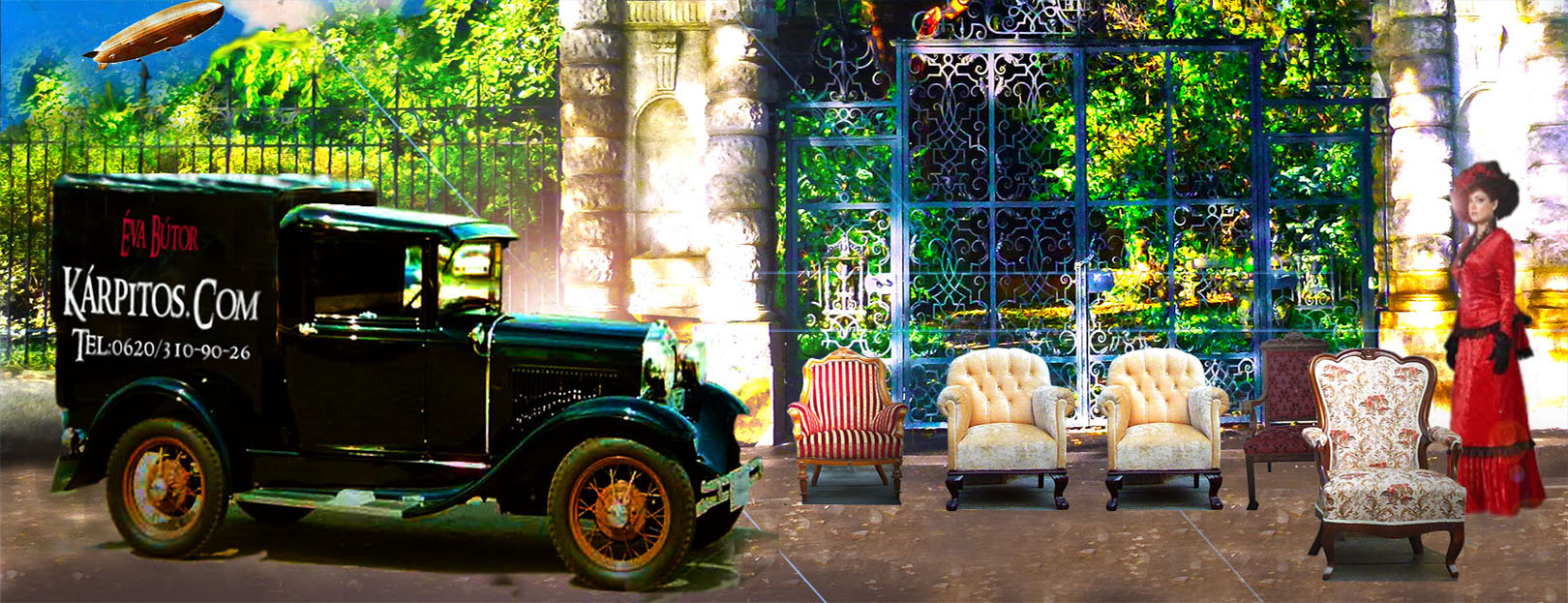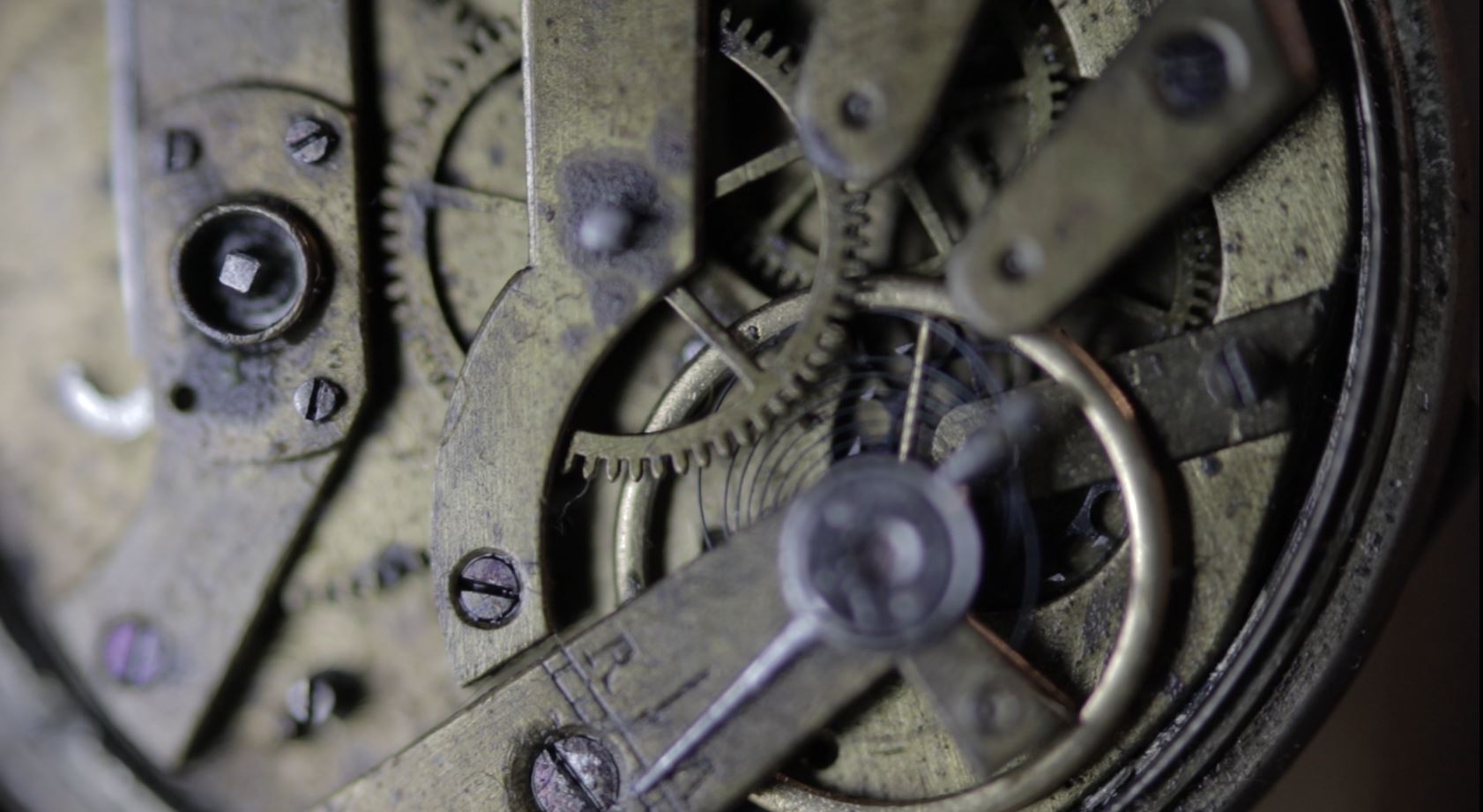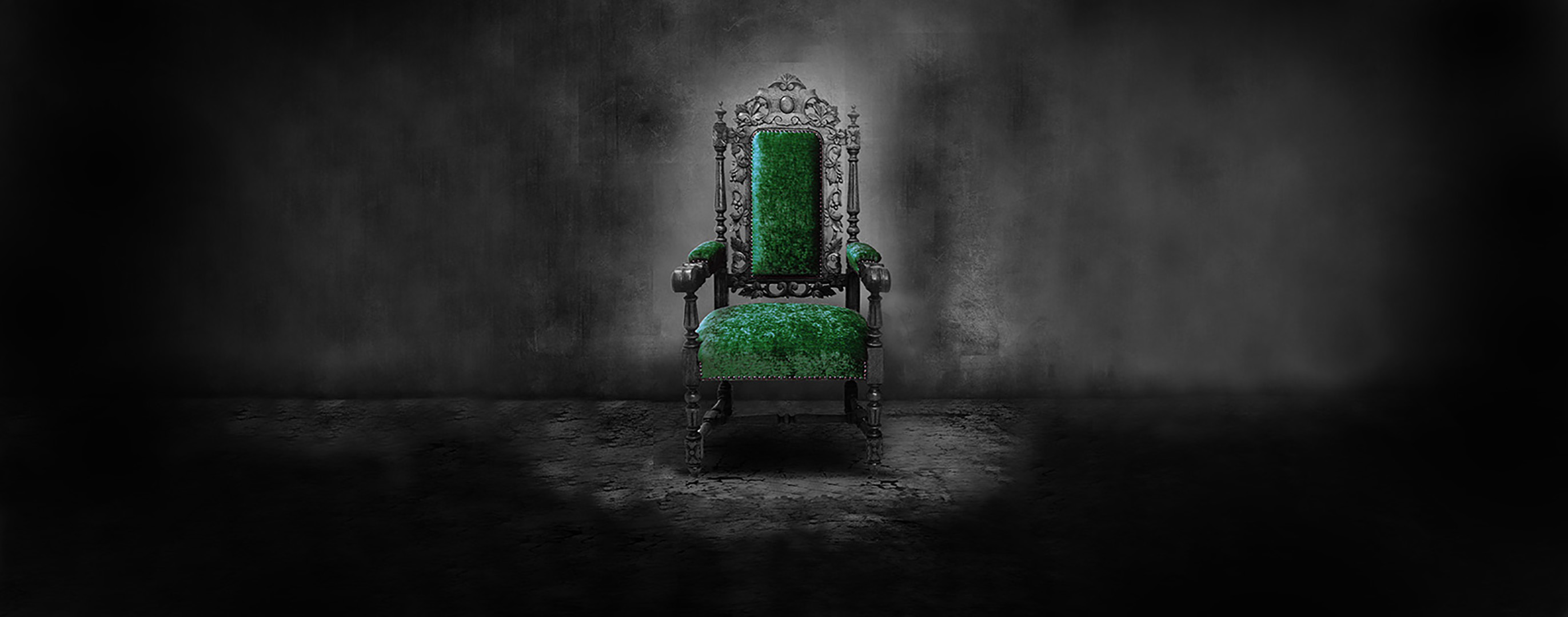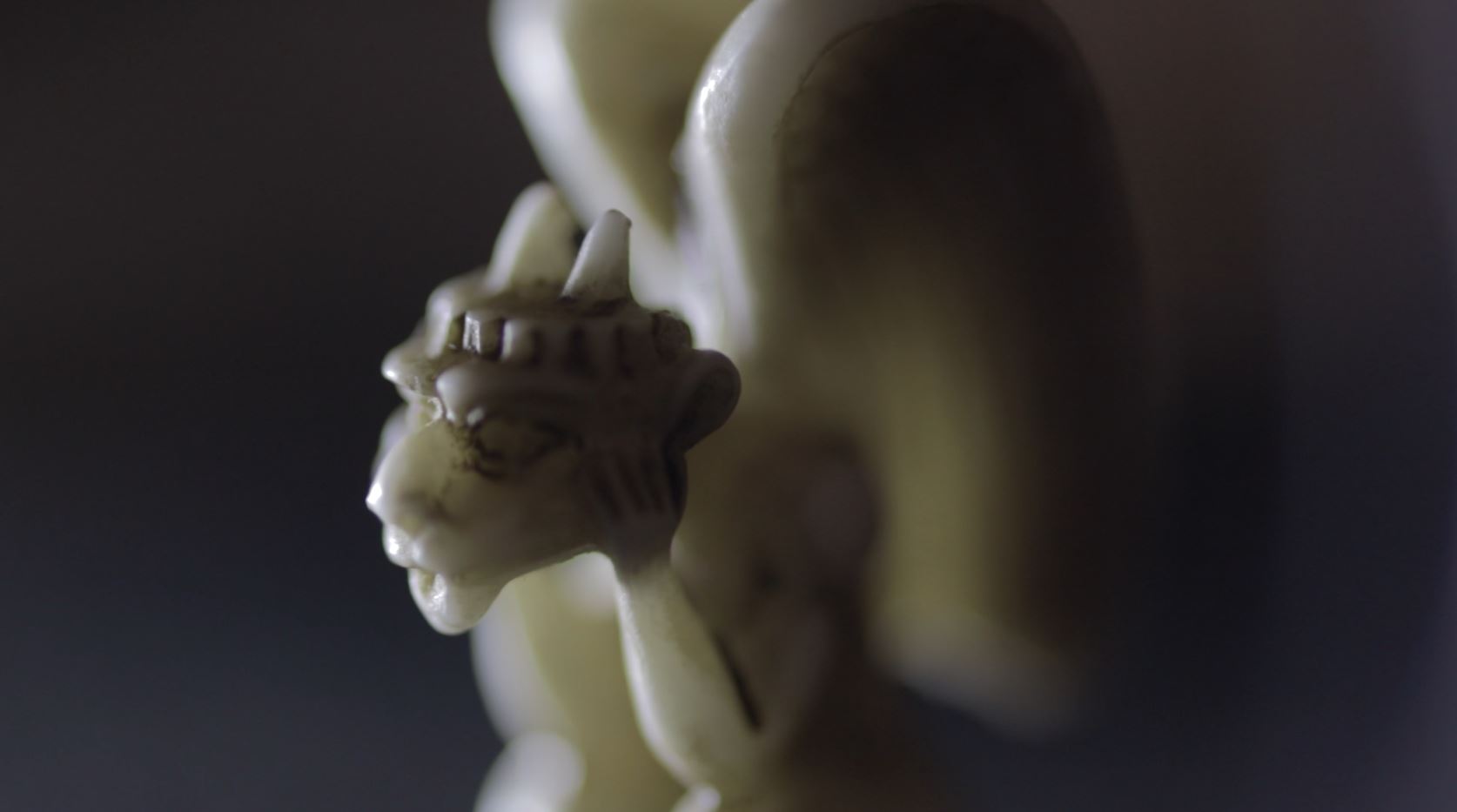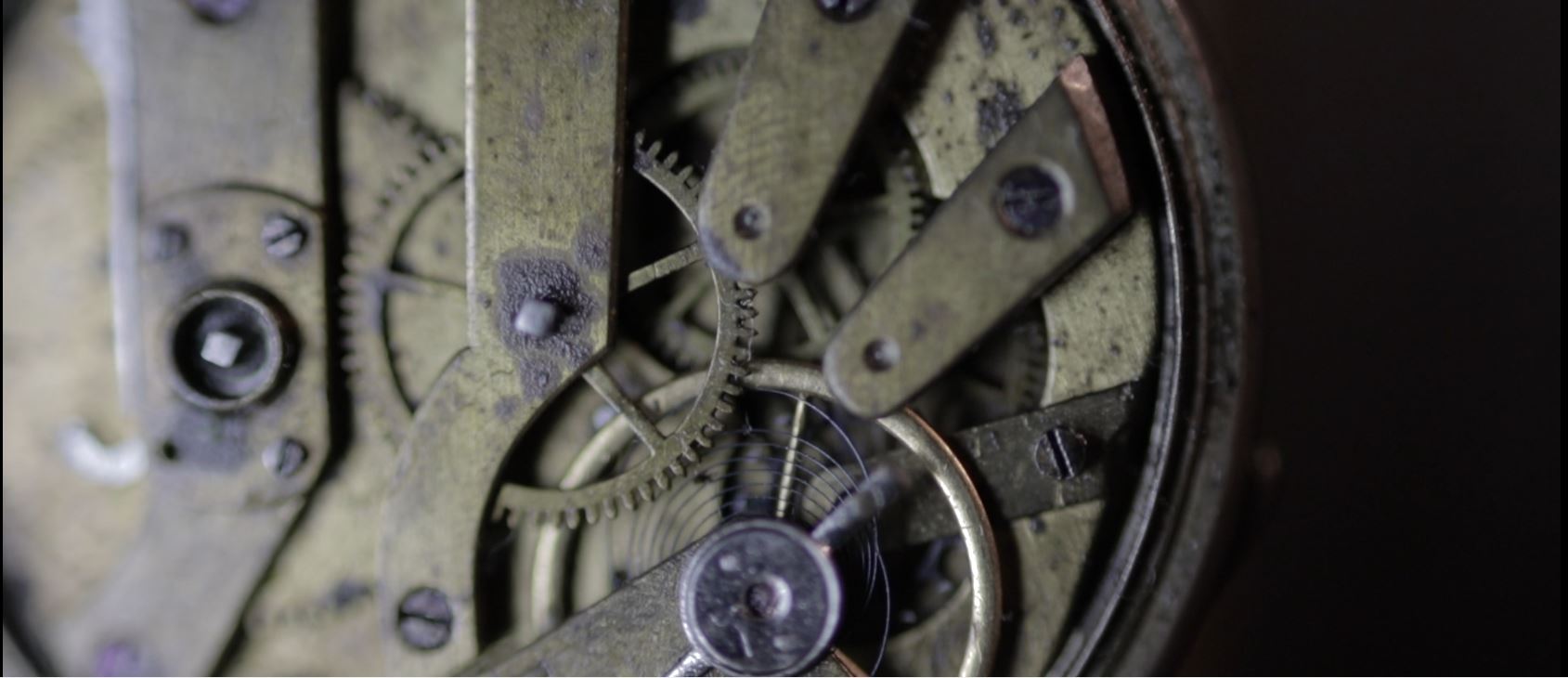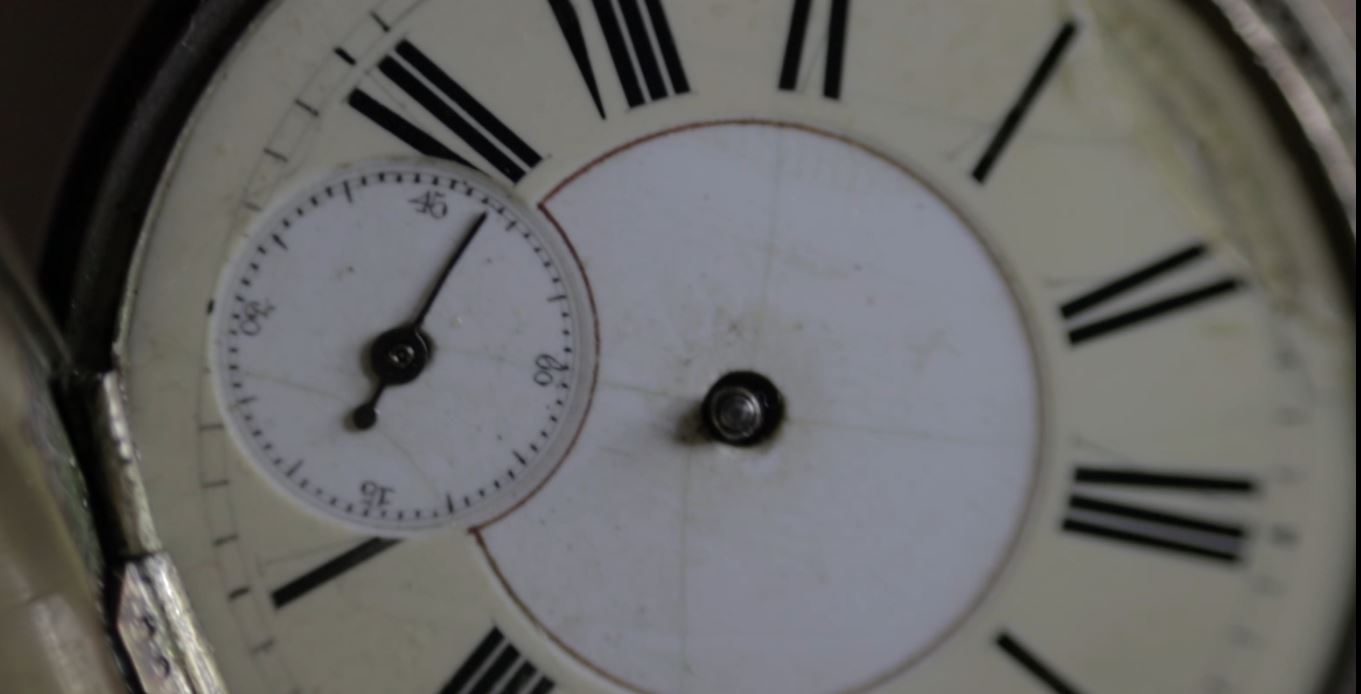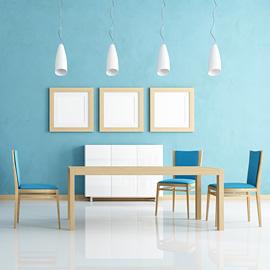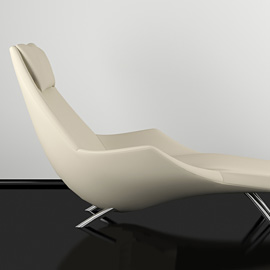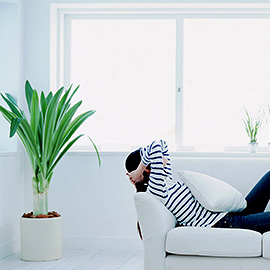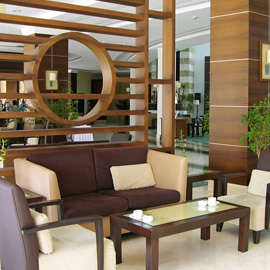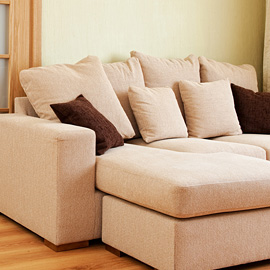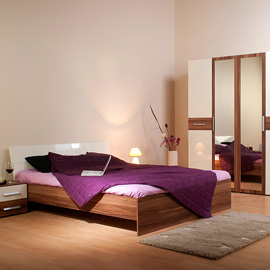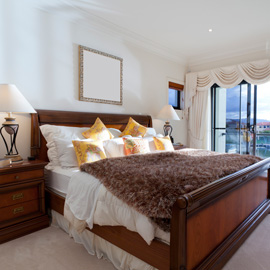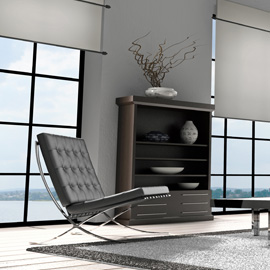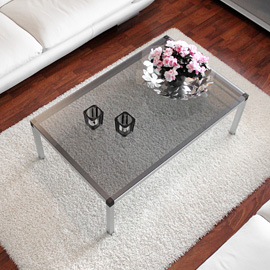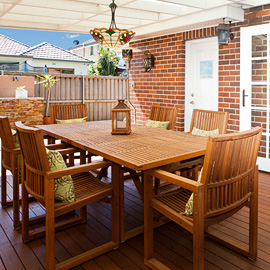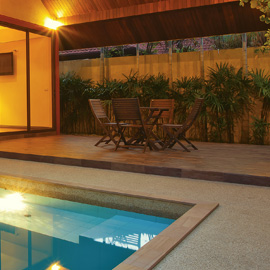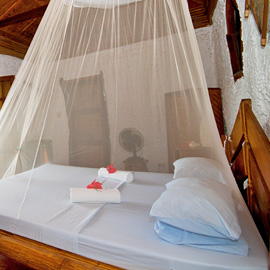EMPIRE KÁRPITOS.COM
TEL: 0620/310-90-26
RÓLUNK
RESTAURÁLÁS
AKTIVITÁS

245
ALKALOM

316
KÖZÖSSÉG

1602
ÚTVONAL

3738
ELÉGEDETSÉG
SZOLGÁLTATÁS
Praesent vestibulum molestie lacusnean nonummy hendrerit

DOLOR SIMETON SECTETUER
Lorem ipsum dolor sit amet, cor adipiscit. Praesent vestibulum molestie lacus. Aenenonummy hendrerit mauris. Phasellus po. Fusct varius mi.Fusce feugiat malesuada odio dolorum.

PRAESENT VESTIBULUM
Lorem ipsum dolor sit amet, cor adipiscit. Praesent vestibulum molestie lacus. Aenenonummy hendrerit mauris. Phasellus po. Fusct varius mi.Fusce feugiat malesuada odio dolorum.

ESTIBULUM MOLESTIE LACUS
Lorem ipsum dolor sit amet, cor adipiscit. Praesent vestibulum molestie lacus. Aenenonummy hendrerit mauris. Phasellus po. Fusct varius mi.Fusce feugiat malesuada odio dolorum.

VESTIBULUM MOLESTIE LAC
Lorem ipsum dolor sit amet, cor adipiscit. Praesent vestibulum molestie lacus. Aenenonummy hendrerit mauris. Phasellus po. Fusct varius mi.Fusce feugiat malesuada odio dolorum.
KAPCSOLAT
MŰHELY
1081 Budapest
Népszínház utca 24.
Bejárat a Kiss József utca felöl
TEL.: 0620 / 310-90-26
E-mail: karpitos.com@gmail.com
KÖVESS!
